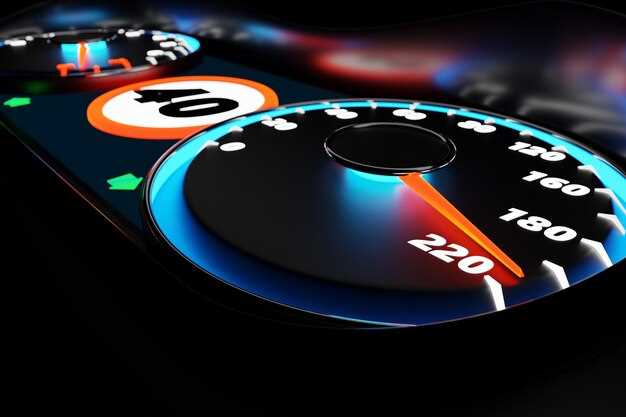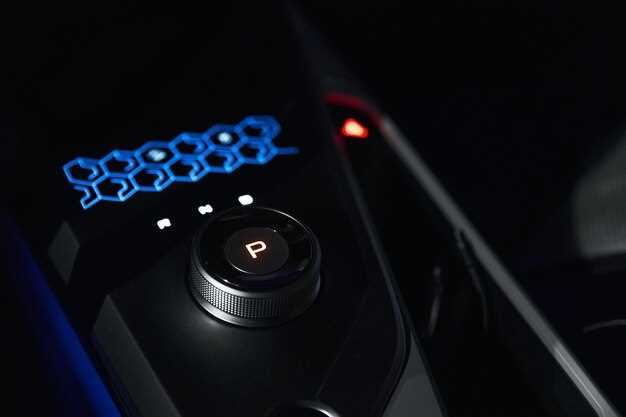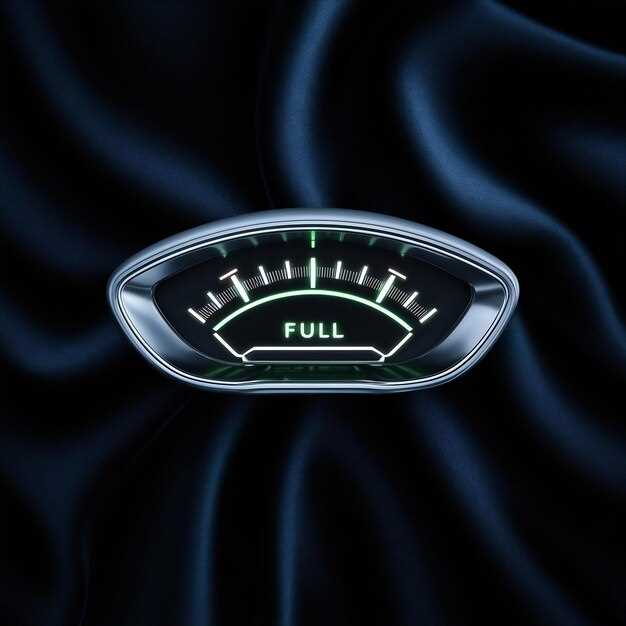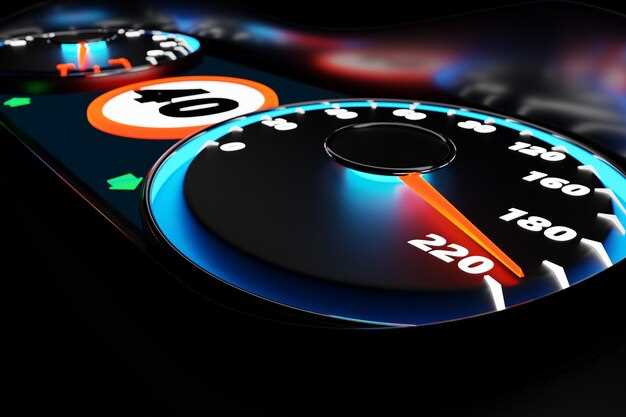
In the competitive world of motorsports, optimizing vehicle performance can make the difference between victory and defeat. One of the most effective ways to achieve this is through ECU tuning. This process involves modifying the Engine Control Unit (ECU) software to enhance various parameters, ultimately improving horsepower, torque, and throttle response. By understanding the intricacies of tuning, track enthusiasts can unlock their vehicle’s full potential and gain a significant edge on the circuit.
ECU tuning techniques encompass a variety of approaches, each designed to maximize the performance for track use. From resetting fuel maps to adjusting ignition timing, these modifications allow for a tailored driving experience. Moreover, implementing advanced tuning strategies, such as utilizing aftermarket solutions or custom maps, ensures that each vehicle is optimized according to its individual traits and specifications. This level of customization is crucial for achieving peak performance during critical race conditions.
Additionally, understanding how to tune ECU settings effectively requires a blend of technical skill and practical knowledge. Enthusiasts must consider factors such as engine dynamics, heat management, and track conditions while adjusting their vehicles. By carefully fine-tuning these elements, drivers can enhance stability, grip, and acceleration–crucial factors that contribute to faster lap times and improved overall performance on the track.
Understanding Engine Mapping Adjustments for Enhanced Throttle Response

Engine mapping adjustments are crucial for optimizing the performance of a vehicle, particularly in track conditions. The ECU (Engine Control Unit) plays a vital role by controlling various parameters that influence throttle response. By fine-tuning the fuel delivery, ignition timing, and air-fuel mixture, drivers can achieve a more immediate and responsive acceleration.
One key element in enhancing throttle response is adjusting the mapping of the fuel injection system. A leaner fuel map can improve throttle sensitivity, allowing for quicker engine reactions to driver inputs. However, care must be taken to avoid excessive heat and potential knocking, which could impair performance and cause engine damage.
Additionally, modifying ignition timing is essential for enhancing throttle responsiveness. Advancing the timing allows the engine to build power more quickly, translating to improved acceleration. However, this must be balanced with fuel quality and engine specifications to prevent predetonation.
Another important aspect is the tuning of the throttle body and its relationship with the ECU. Adjusting the electronic throttle control can significantly reduce lag, making the vehicle feel more agile. This is particularly beneficial in track scenarios where immediate throttle response is necessary for maneuvering and tight cornering.
Ultimately, successful engine mapping adjustments require a comprehensive understanding of the vehicle’s dynamics, as well as careful calibration during the tuning process. Monitoring performance metrics, such as boost pressure and exhaust gas temperatures, ensures that the adjustments enhance performance without compromising engine reliability.
Optimizing Fuel and Ignition Timing for Maximum Power Output

Optimizing fuel and ignition timing is crucial for enhancing the performance of a vehicle equipped with an ECU. Fine-tuning these parameters allows for a complete combustion process, ensuring that the engine operates efficiently at high RPMs typically experienced during track performance.
Fuel optimization involves adjusting the air-fuel mixture to achieve the ideal ratio that maximizes power output without causing engine knock. An optimal mixture, typically around 12.5:1 to 13.0:1 for high-performance applications, enables the engine to extract more energy from the fuel, increasing acceleration and overall speed. Utilizing wideband oxygen sensors during tuning allows precise monitoring of the air-fuel ratio across different RPM ranges, leading to better performance adjustments.
Ignition timing is equally important; advancing the timing can lead to improved throttle response and power delivery. However, excessive advance may result in pre-ignition or detonation, which can damage the engine. Careful calibration of the ignition timing, using dyno testing and real-time data from the ECU, helps find the effective balance that yields the maximum power output. Depending on the fuel type and engine configuration, optimal ignition timing can vary greatly, and it’s essential to adapt settings specifically for track conditions.
The combination of optimal fuel delivery and ignition timing creates a synergistic effect, allowing the engine to operate at peak performance levels. Frequent logging and analysis of performance metrics during track sessions enable engineers and enthusiasts alike to make informed decisions about future ECU adjustments. By continually refining these parameters, drivers can achieve sustained improvements in track performance, ensuring that their vehicle remains competitive.
Evaluating the Impact of Turbo and Supercharger Tuning on Track Speed
Turbochargers and superchargers are two prominent methods for enhancing engine performance via ECU tuning. Both systems increase the amount of air entering the engine, allowing for more fuel to be burned and subsequently boosting power output. However, their effects on track speed can vary significantly based on several factors including engine characteristics, tuning configurations, and driving conditions.
Turbocharging utilizes exhaust gases to spin a turbine, which compresses incoming air. This system is generally more efficient at higher RPMs, providing substantial power gains and improved track performance in vehicles designed for high-speed applications. Effective ECU tuning for turbos involves optimizing boost pressure levels, ignition timing, and fuel delivery to ensure an ideal air-fuel mixture. This leads to enhanced throttle response and increased top-end power, which is crucial for reducing lap times on a racetrack.
On the other hand, supercharging provides a direct mechanical boost by compressing air before it enters the engine. This system delivers immediate power increases across a broader RPM range, which can result in quicker acceleration out of corners. The advantages of supercharging are significant for track scenarios where immediate responsiveness is essential, particularly in short burst sprints between turns. ECU tuning for superchargers focuses on maximizing engine efficiency, refining airflow dynamics, and ensuring that fuel delivery matches the increased air intake.
When comparing both tuning methods, track conditions play a pivotal role. A turbocharged engine may excel on high-speed circuits where prolonged power is vital, while supercharged setups can dominate on technical tracks requiring rapid acceleration and deceleration. Additionally, the weight and balance of the vehicle must be considered, as both systems impact vehicle dynamics differently.
Ultimately, the decision between turbo and supercharger tuning should be guided by the specific goals of performance enhancement and the unique requirements of the track. Thorough testing and precise ECU tuning adjustments are essential to unlock the full potential of either system, ensuring optimum track speed and improved lap times.



